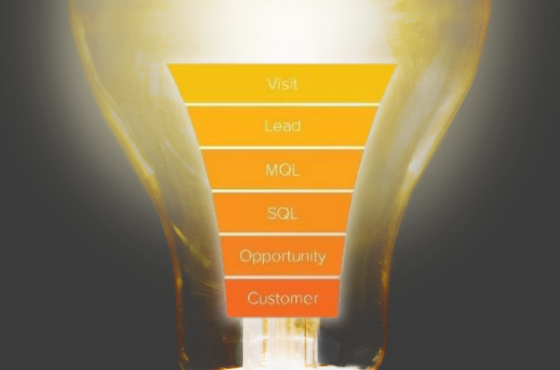Why Are Lead Magnets Important?
Lead magnets are a crucial part of a successful digital marketing strategy for several reasons:
-
Builds Your Email List: By offering a lead magnet, you can quickly grow your email list, which is essential for building long-term relationships with potential customers.
-
Establishes Authority: A well-crafted lead magnet positions your brand as an authority in your industry, showcasing your expertise and providing value upfront.
-
Segmenting Your Audience: When you offer different lead magnets for different audience segments, you can gather more specific information about your leads, allowing for more targeted marketing efforts.
-
Increases Conversion Rates: Lead magnets help convert website visitors into leads by providing them with immediate value, increasing the likelihood of future engagement and sales.
Characteristics of a Great Lead Magnet
Not all lead magnets are created equal. To be effective, a lead magnet should have the following characteristics:
-
Relevance: It should be directly relevant to your target audience and their needs. The more closely it aligns with their pain points or interests, the more likely they are to engage with it.
-
Specificity: Instead of being broad and generic, your lead magnet should address a specific problem or offer a specific benefit. The more tailored it is, the more valuable it will seem.
-
Value: The lead magnet should offer immediate and tangible value. Whether it’s saving time, providing useful information, or offering a discount, the recipient should feel they are getting something worthwhile.
-
Quick to Consume: A lead magnet should be easily consumed. People are more likely to engage with something they can quickly download, read, or use, rather than a long, complex resource.
-
Instant Gratification: Ensure that the lead magnet is delivered immediately after the user submits their contact information. This instant reward helps build trust and satisfaction.
Common Types of Lead Magnets
Lead magnets come in various formats, depending on what your audience values and what makes sense for your business. Here are some popular types:
-
Ebooks/Guides: Comprehensive resources that provide in-depth knowledge on a particular subject. These are ideal for audiences who are looking to learn more about a specific topic.
Here is an example of a lead magnet that we have created for the top of the funnel (awareness stage) for our business, 245 Digital.
- Checklists: Simple, actionable lists that help users complete a task or achieve a goal. Checklists are easy to digest and can be highly valuable for those looking for a step-by-step process.
-
Webinars/Workshops: Live or pre-recorded sessions that provide educational content on a relevant topic. Webinars are particularly effective for engaging with your audience and showcasing your expertise.
-
Discounts/Coupons: Offering a special discount or coupon in exchange for contact information can be very effective, particularly for e-commerce businesses.
-
Templates/Tools: Ready-to-use templates, spreadsheets, or other tools that help your audience accomplish something more efficiently. These are practical resources that can immediately solve a problem.
-
Quizzes/Assessments: Interactive content that provides personalized results. Quizzes and assessments are engaging and can offer valuable insights to your audience.
How to Create an Effective Lead Magnet
Creating an effective lead magnet involves understanding your audience, crafting a valuable offer, and promoting it effectively. Here’s a step-by-step guide:
-
Identify Your Target Audience: Understand who your ideal customers are and what their pain points, needs, and interests are.
-
Determine the Value Proposition: What unique value can you offer them? This could be in the form of information, time savings, financial savings, or another benefit.
-
Choose the Right Format: Based on your audience’s preferences and your business goals, select the format that will be most effective.
-
Create High-Quality Content: Ensure that your lead magnet is professionally designed and well-written. It should reflect the quality of your brand and provide real value to the user.
-
Promote Your Lead Magnet: Use various channels such as your website, social media, email campaigns, and paid ads to promote your lead magnet. The more visibility it has, the more leads you’ll generate.
-
Optimize the Conversion Process: Make it easy for users to access your lead magnet. Use a simple and clear opt-in form, and ensure the delivery process is seamless.
Conclusion
A lead magnet is an essential tool in any marketer's toolkit. By offering something of value in exchange for contact information, you can build your email list, establish authority, and ultimately drive more conversions. When designed and executed effectively, lead magnets can be a powerful way to attract, engage, and convert your target audience into loyal customers.



